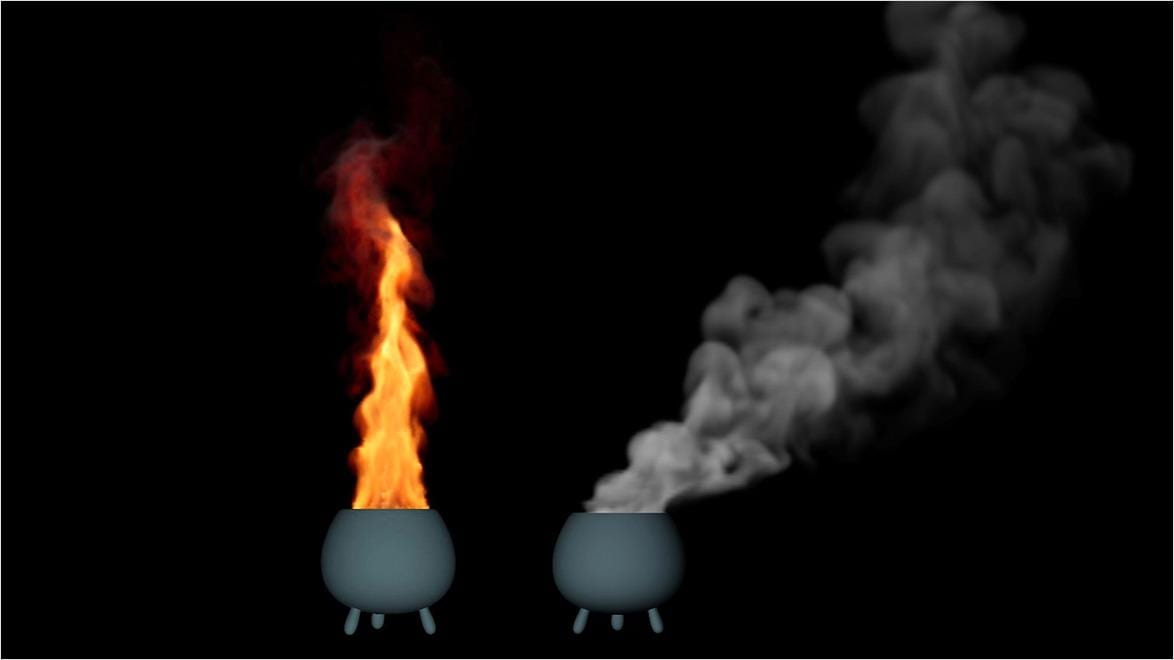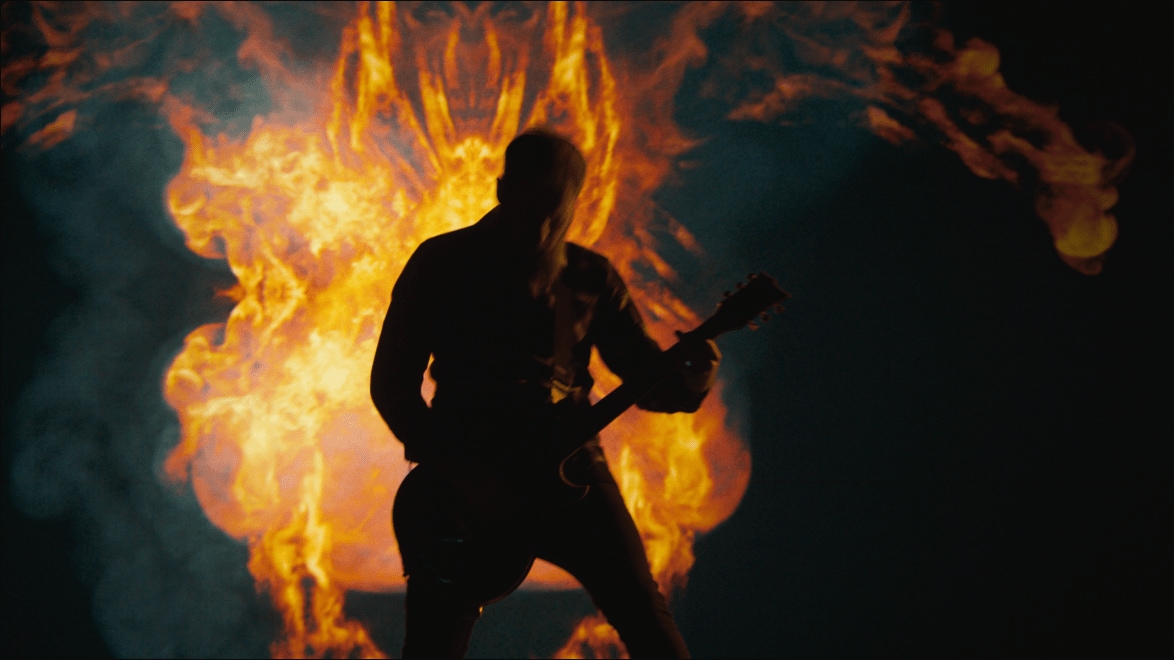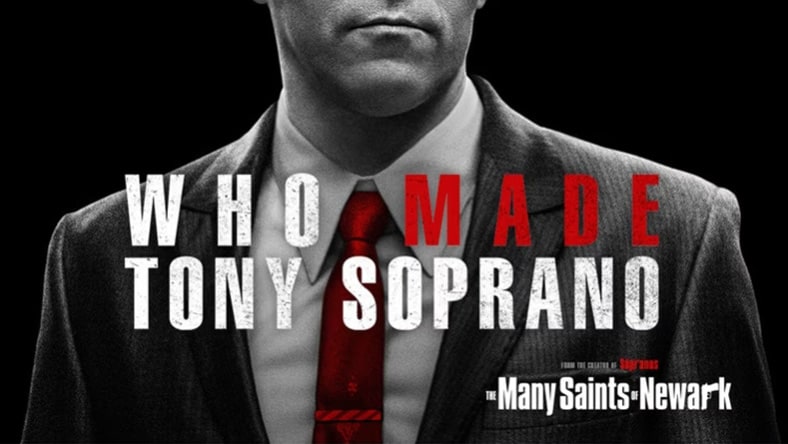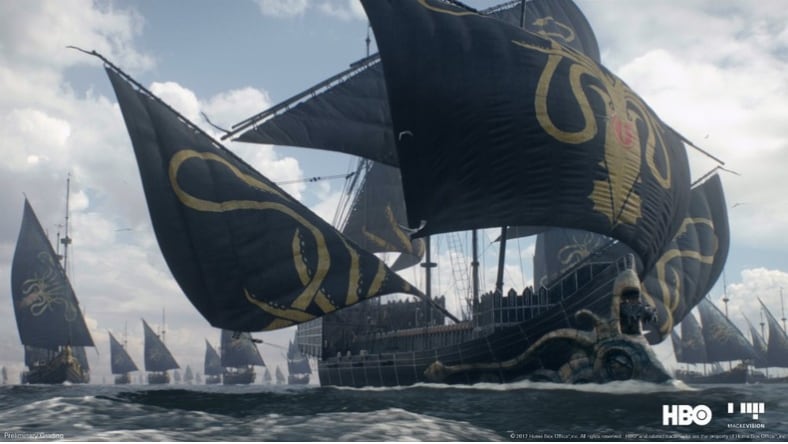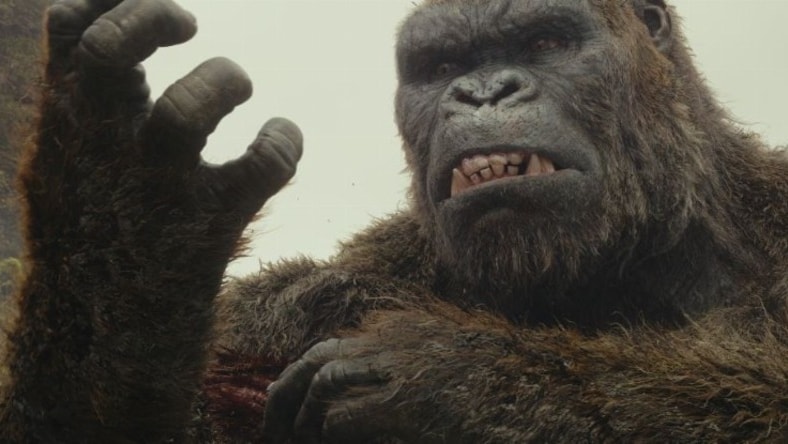& Construction

Integrated BIM tools, including Revit, AutoCAD, and Civil 3D
& Manufacturing

Professional CAD/CAM tools built on Inventor and AutoCAD
Fire simulation uses 3D visual effects software to create realistic fire effects that convincingly simulate flame movement, smoke behaviour and the impact of fire on burning objects, enhancing the overall viewing experience.
Tenside’s “Shadow to Shine“ music video, courtesy of Phil Radford
For many years, the best way for media production companies to capture realistic fire and explosions was to actually incinerate or blow up something on film. Doing so involves time-consuming logistics, expensive and dangerous shoots, and the risk of losing the effort and materials if the take fails.
Even after the advent of 3D visual effects software, digital effects that required fluid dynamics – such as water, smoke and fire simulation – lagged behind other visual effects (VFX) and failed to convince audiences.
Now, software such as Autodesk Maya makes fire simulation more accessible with advances in GPU-accelerated processes and real-time previews.
Bifrost, a visual programming environment inside Maya, empowers technical directors and artists to create stunning effects for film, TV and games. Bifrost Aero (or aerodynamic) simulations mimic the movement of gases and can create smoke, mist and steam effects. Combustion simulations mimic fuel burning and are used for fire and explosion effects.
With Bifrost’s Aero Solver, artists can determine the object to emit the fire effect and the lifespan of the particle cloud that creates the fire effect. Many traits can ebb and flow during a fire’s lifespan, such as the fire’s density and intensity (brightness), emission spread angle, particle-cloud radius, flame speed, flame movement direction and turbulence.
This wealth of creative possibilities with realistic results has made fire simulation a viable alternative to filming real fires and explosions for the visual effects and motion graphics of films, TV, advertisements and other video content. Fire simulations also look better in animation; (US site) video games; (US site) virtual reality (VR) (US site); and, to a lesser extent, architectural and interior design visualisation.
Technological advancements that have made realistic fire simulation possible also apply to other dynamic effects such as smoke, explosions, foam, bubbles, fog, steam and liquid effects like waves, splashes and sprays.
Scale your studio’s rendering and simulation capabilities, while equipping artists with powerful modelling and animation tools.
BREAK+ENTER
To help tell the story of a teenage Tony Soprano, BREAK+ENTER created the fire and flame effects of a Molotov cocktail, “winterised“ New Jersey with snow from Bifrost and developed proprietary workflow tools for Maya.
Image courtesy of HBO
Mackevision
For the ambitious Game of Thrones season 7, Mackevision’s Maya team created new capabilities to produce a massive naval battle with hundreds of ships, stage CG army battles, and simulate wakes, fire and smoke.
Image courtesy of HBO
Industrial Light & Magic
For a recent King Kong film, the ILM VFX team was challenged to simulate many natural phenomena, including fire, water, weather and wild environments of unusual vegetation.
Image courtesy of Industrial Light & Magic, © 2016 Warner Bros. Ent, all rights reserved
Learn to emit fire from an object in Autodesk Maya 3D modelling, animation and visual effects software.
You can choose many options with Maya’s comprehensive fire simulations, such as the fire’s density, intensity, flame radius, spread angle, speed, turbulence, lifespan and more.
Jesse Pitela speaks to AREA by Autodesk about starting RedefineFX to create high-quality, succinct learning content, mainly for FX simulations like water, fire, destruction, particles and more.
Bifrost for Maya includes VFX, such as instancing and point clouds, and particle and fluid simulation for phenomena like explosions, sand, snow, smoke, liquids and fire fluid simulation.
This video series will get you started with Bifrost, Autodesk Maya’s visual programming environment.
Yes. Various computer animation programs – such as Autodesk Maya – have the ability to simulate fire for entertainment media without the cost, labour, risk and physical damage of filming real fires.
The building industry also uses fire simulation software, where architects, safety engineers and others simulate fire to analyse its impact on buildings and infrastructure. For example, the National Institute of Standards and Technology’s software program FDS and Smokeview simulate fire to help predict fire spread patterns and formulate evacuation plans.
You can simulate fire in animation with specialised 3D animation software (US site) to simulate the behaviour of smoke, gases and fire.
For fire simulation, the artist inputs variables such as the flame shape and size, density, intensity, colour, flame radius, spread angle, speed, temperature, turbulence and lifespan. The simulation also accounts for the fire’s surroundings, such as the temperature and movement of the surrounding air. Artists can also combine the fire with other corresponding effects like smoke, sparks and explosive destruction.
